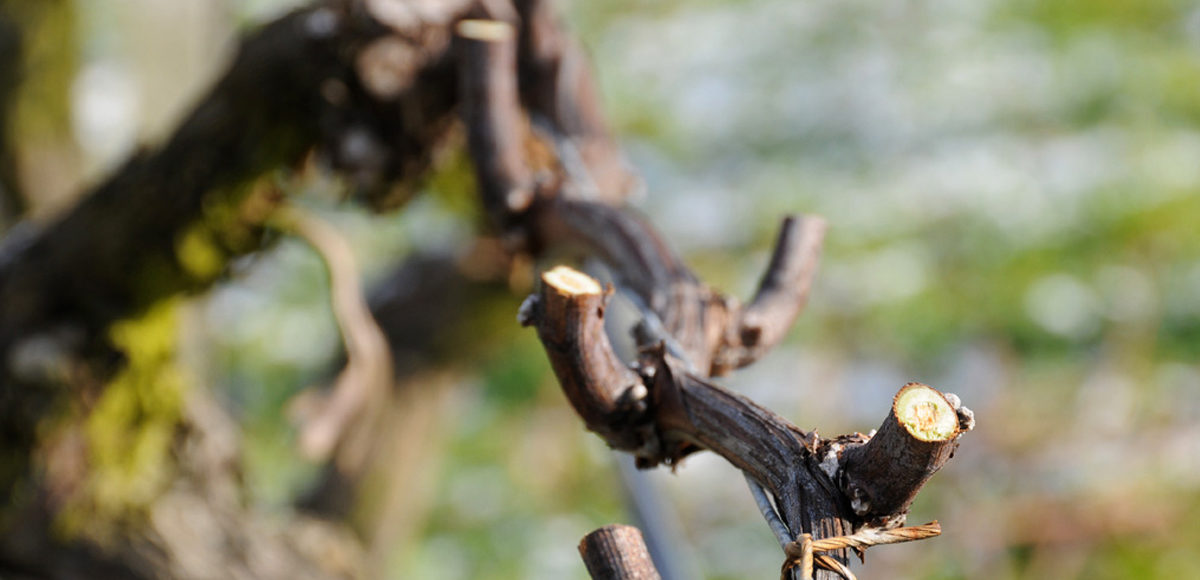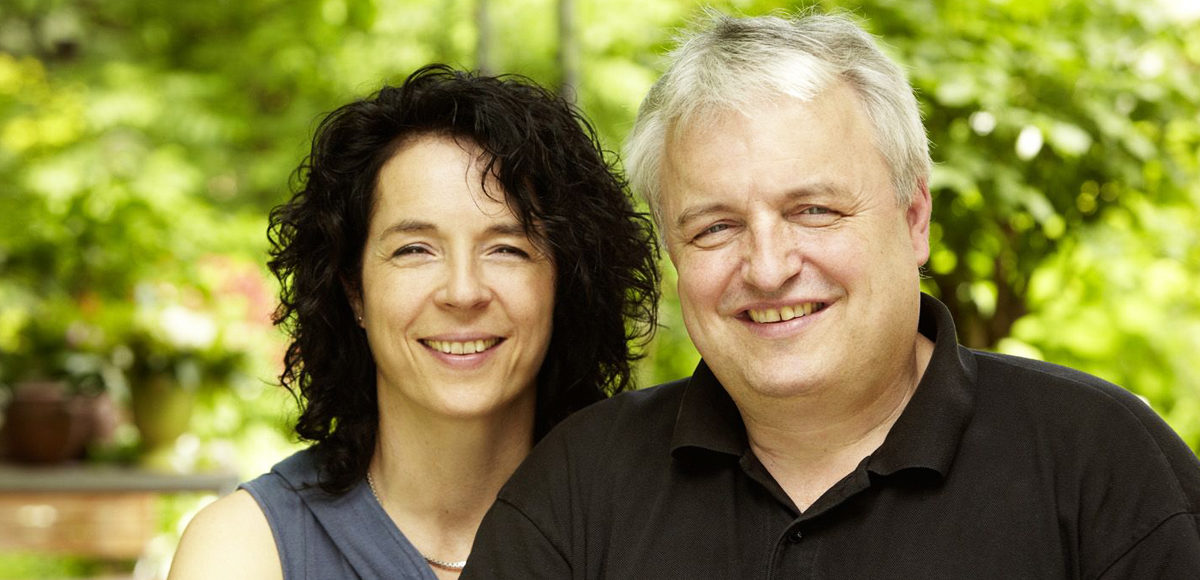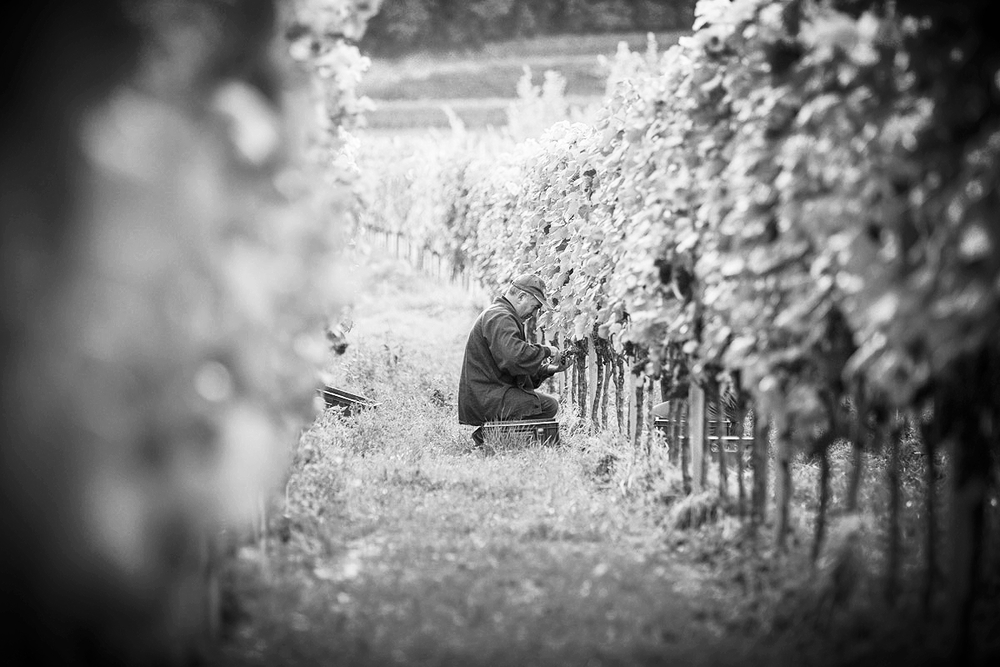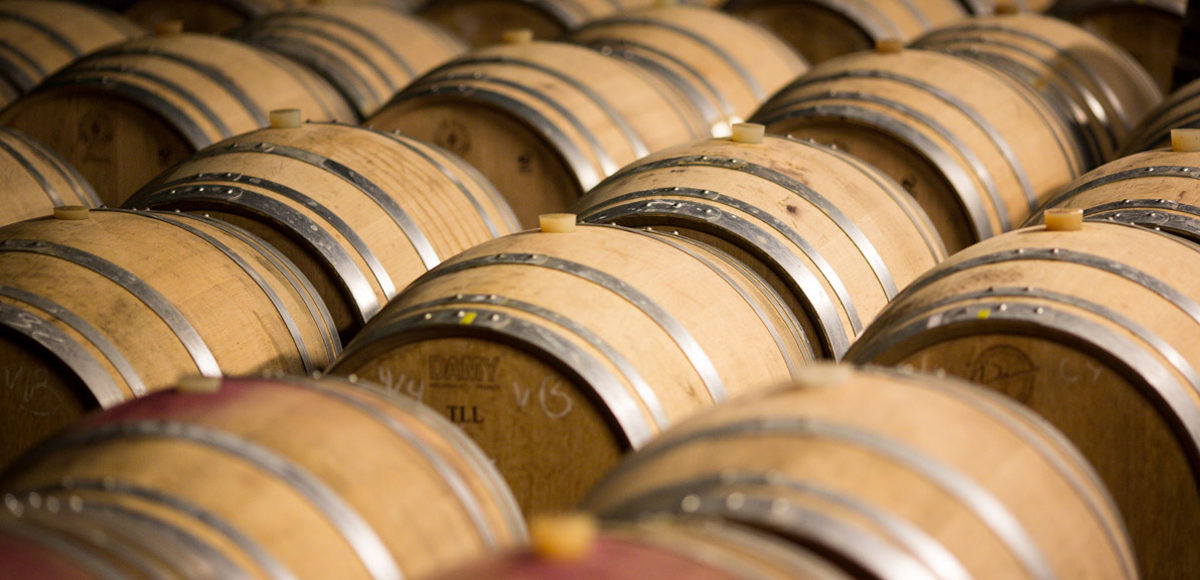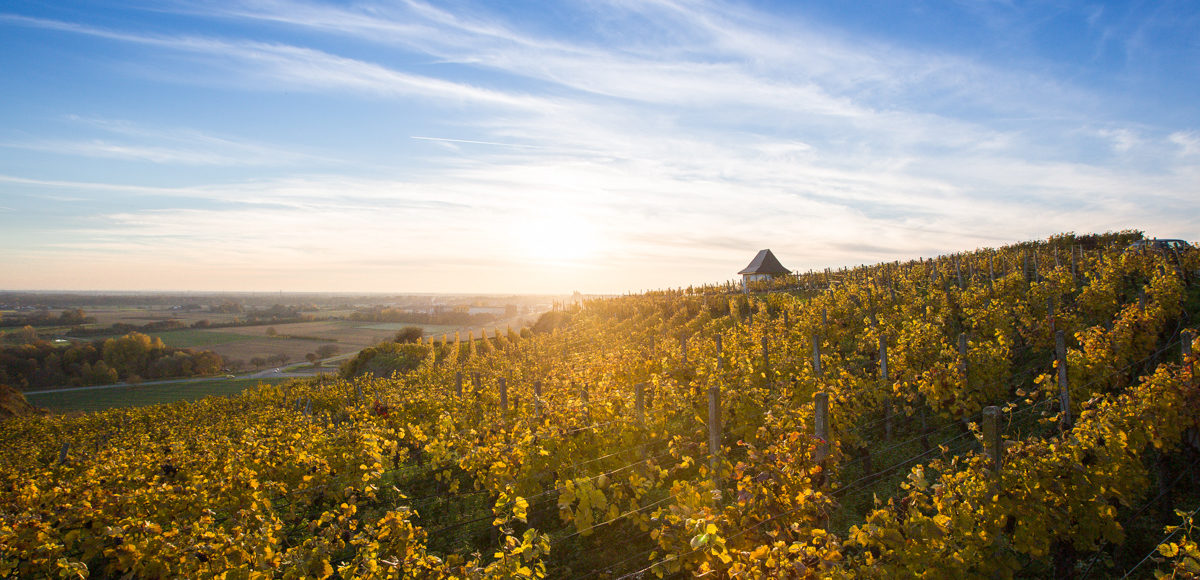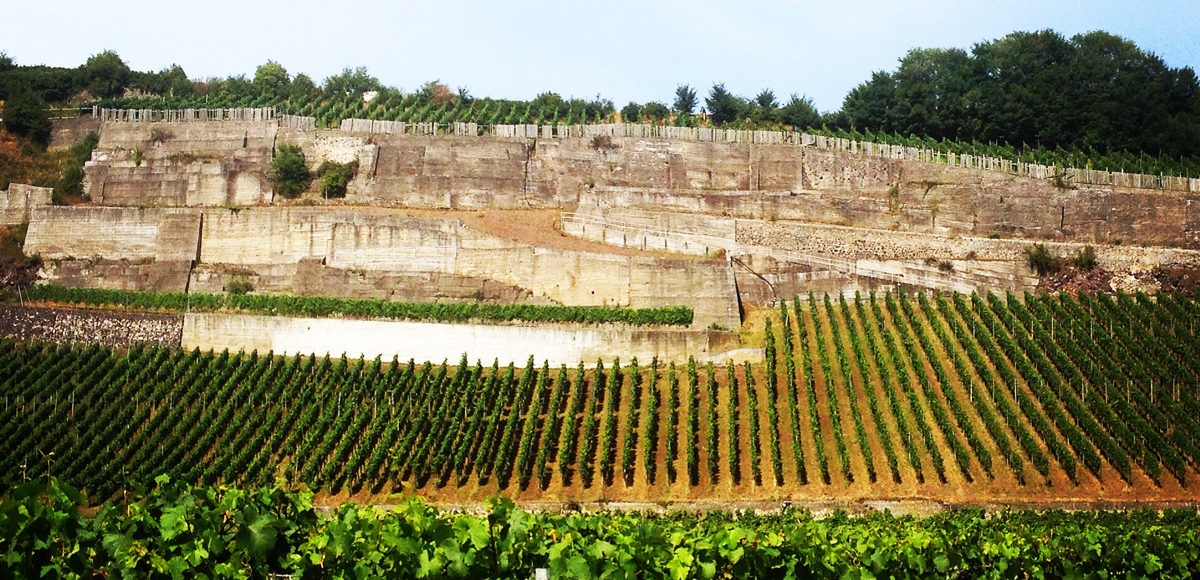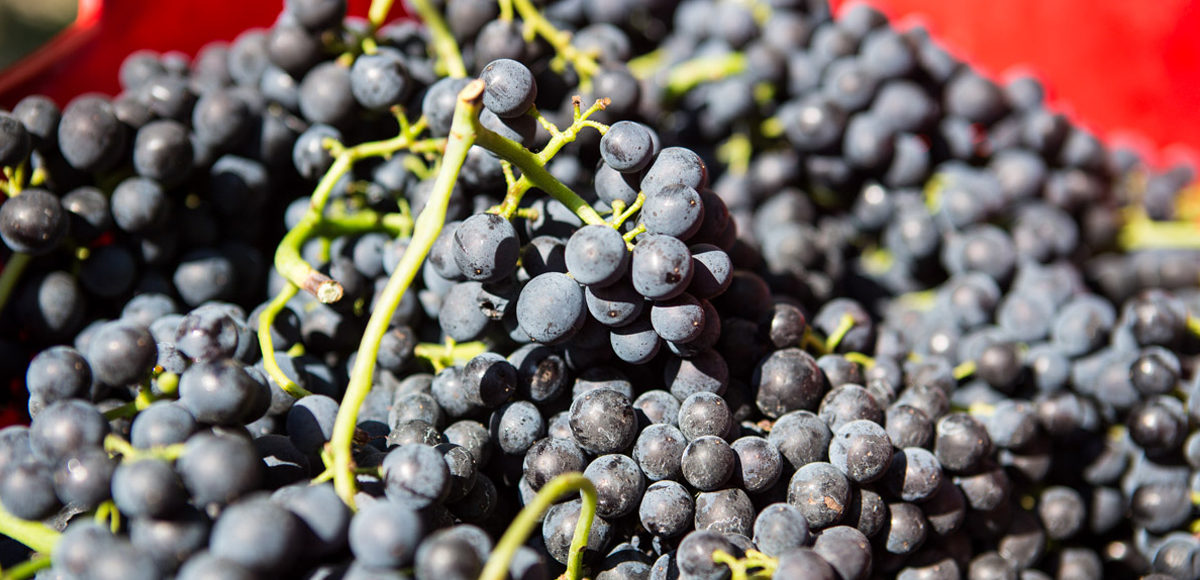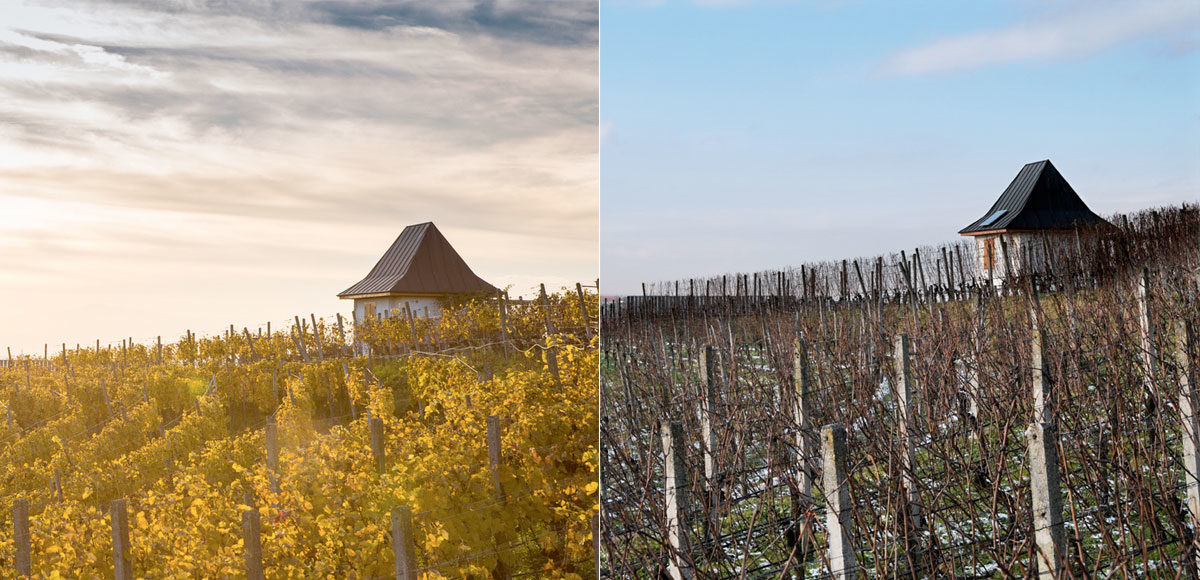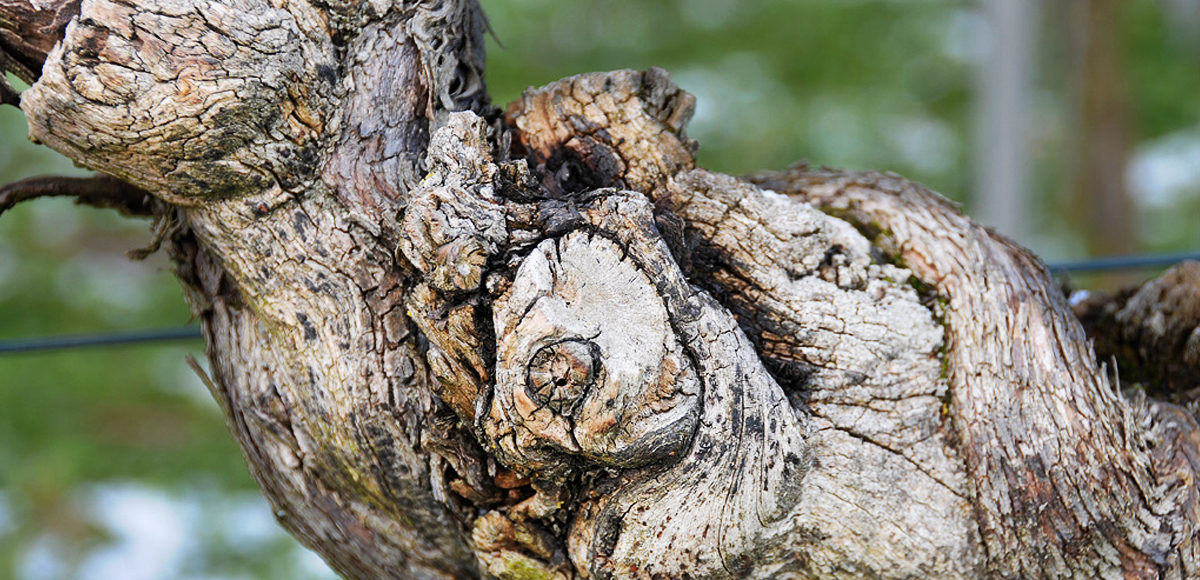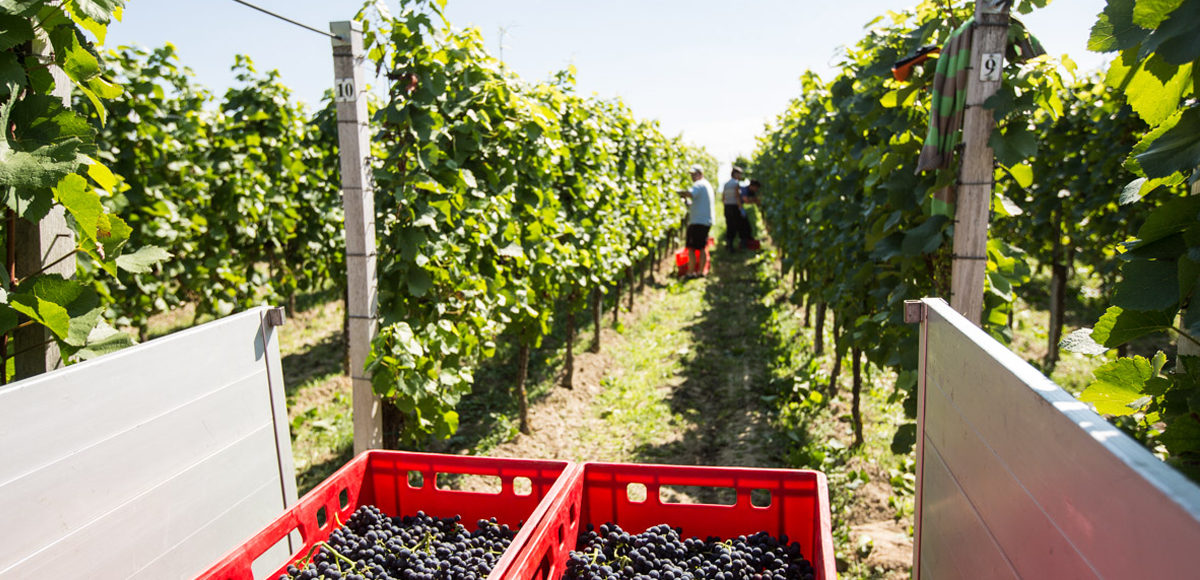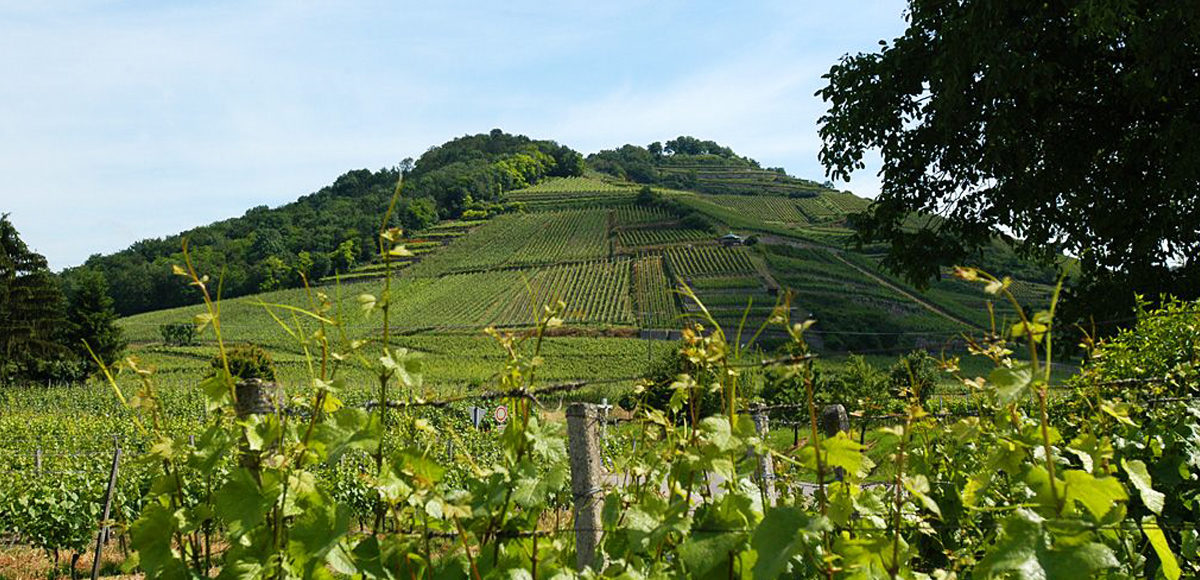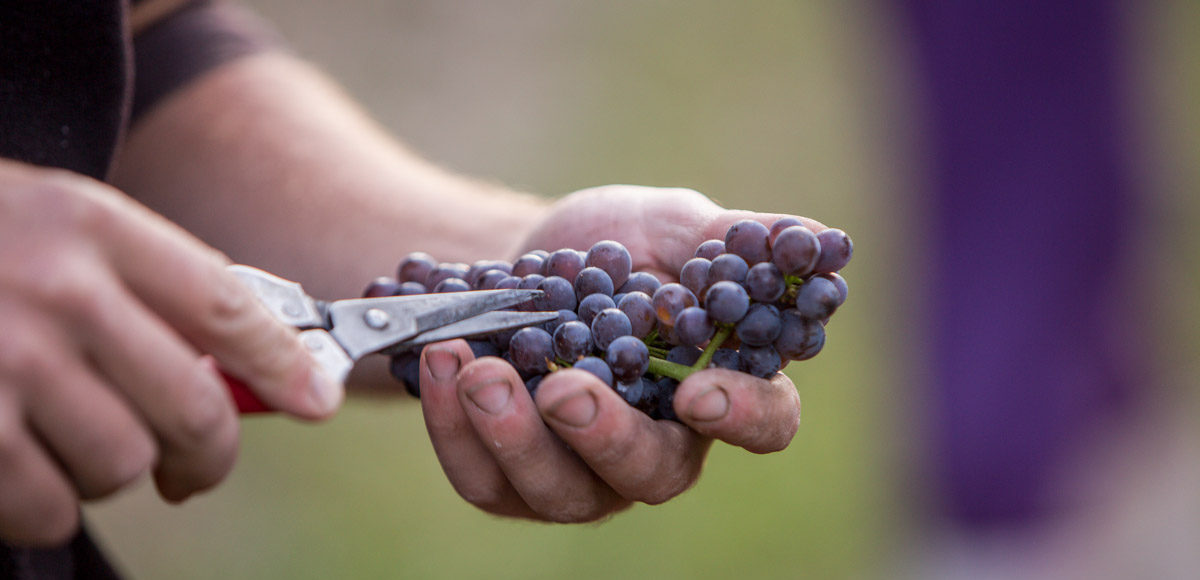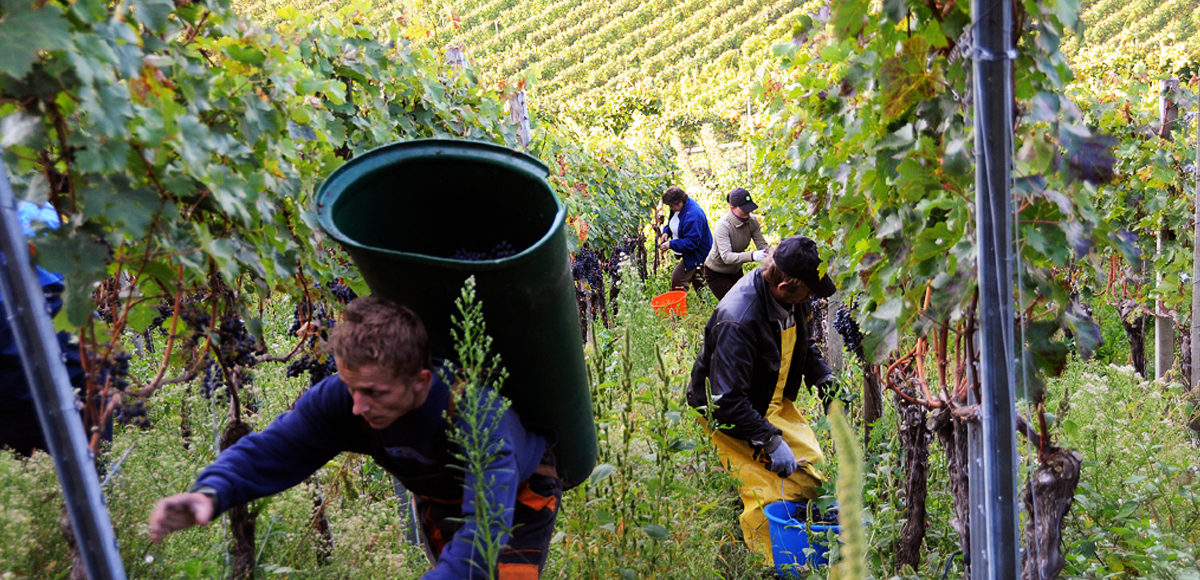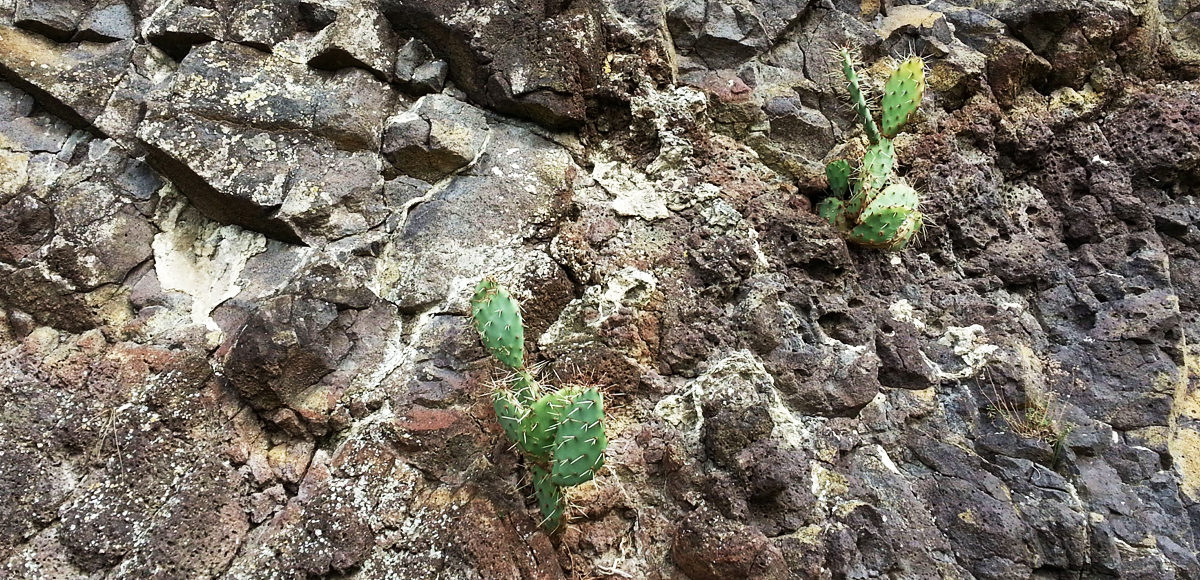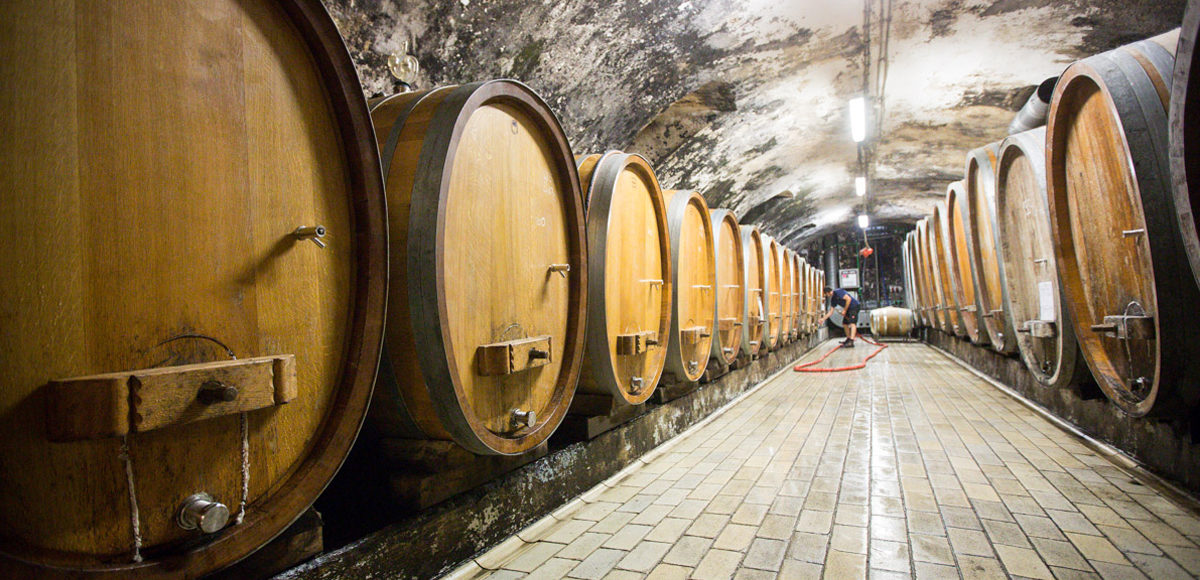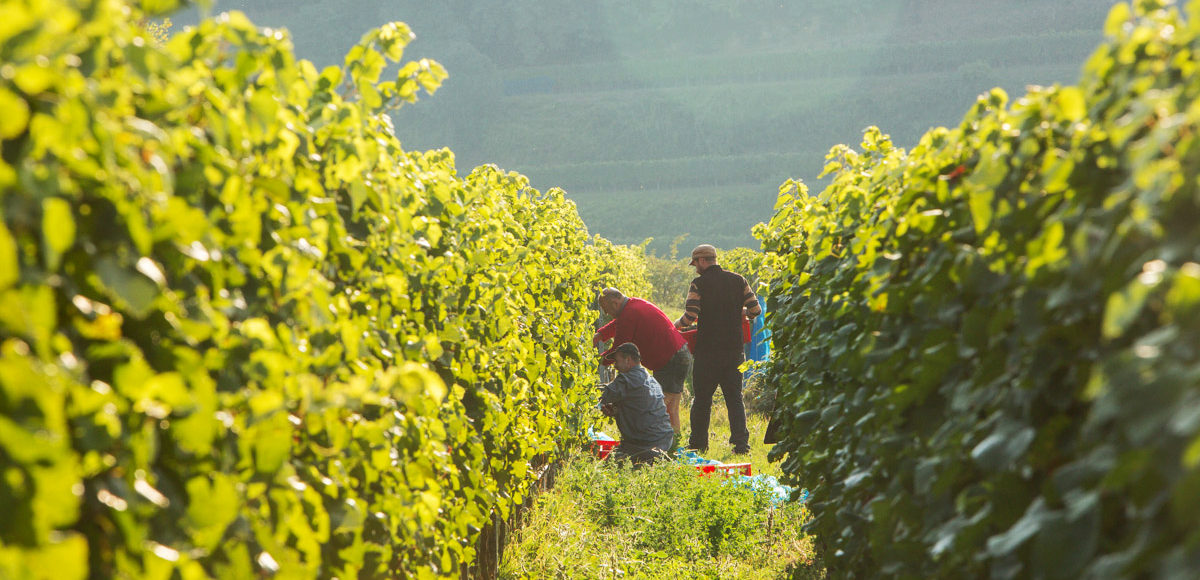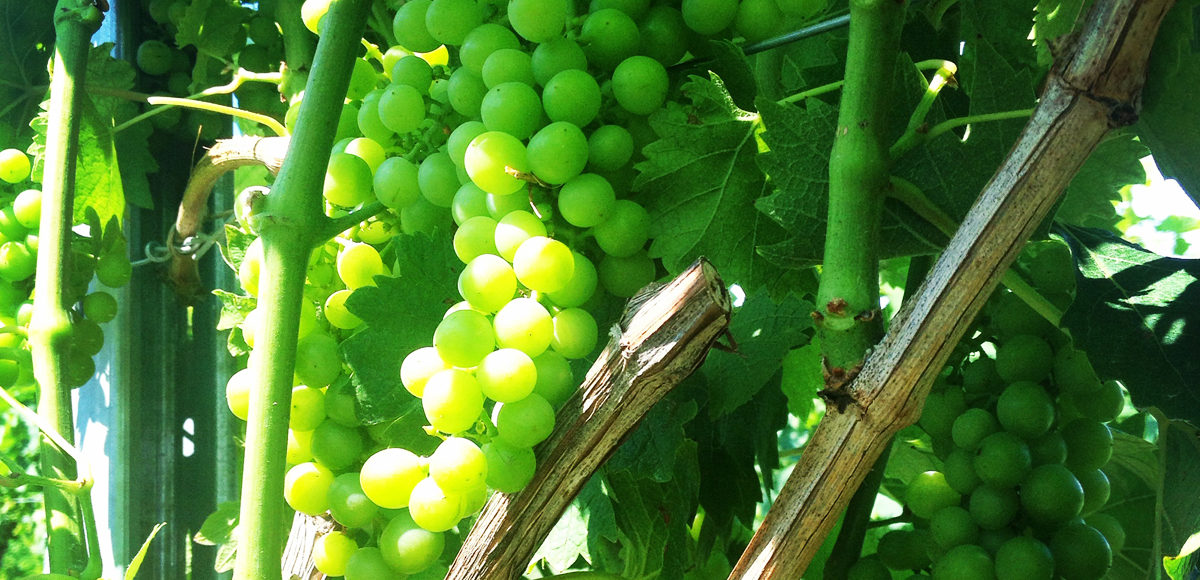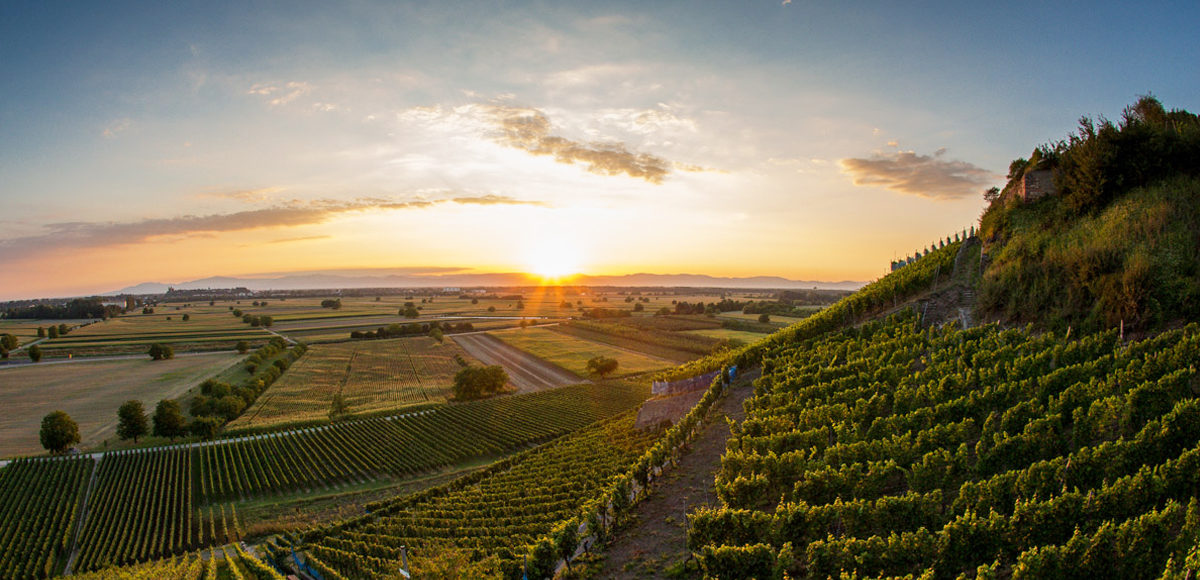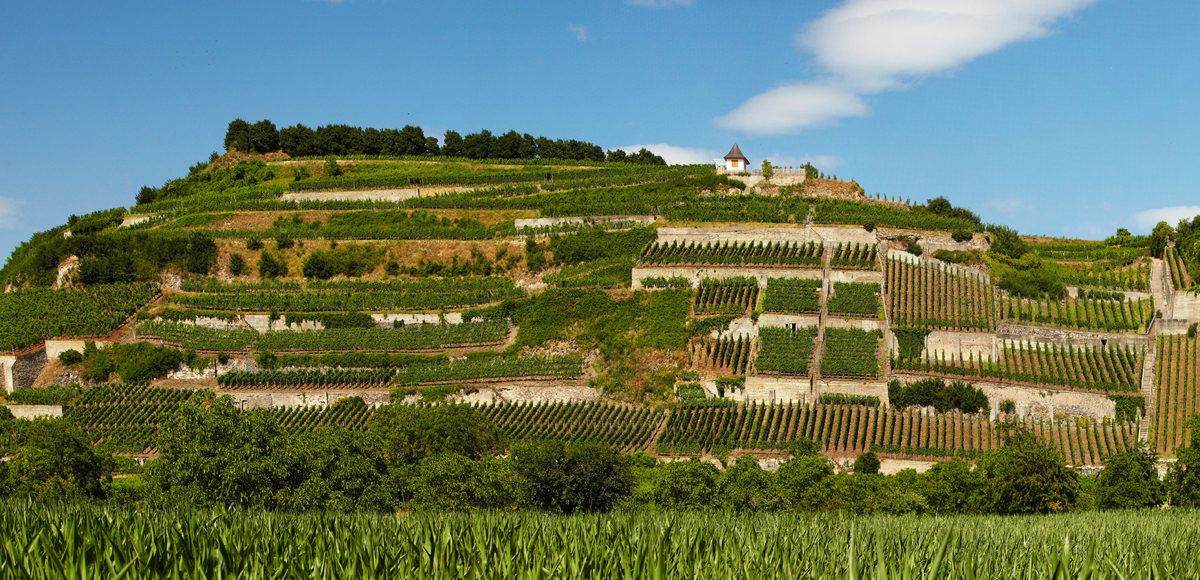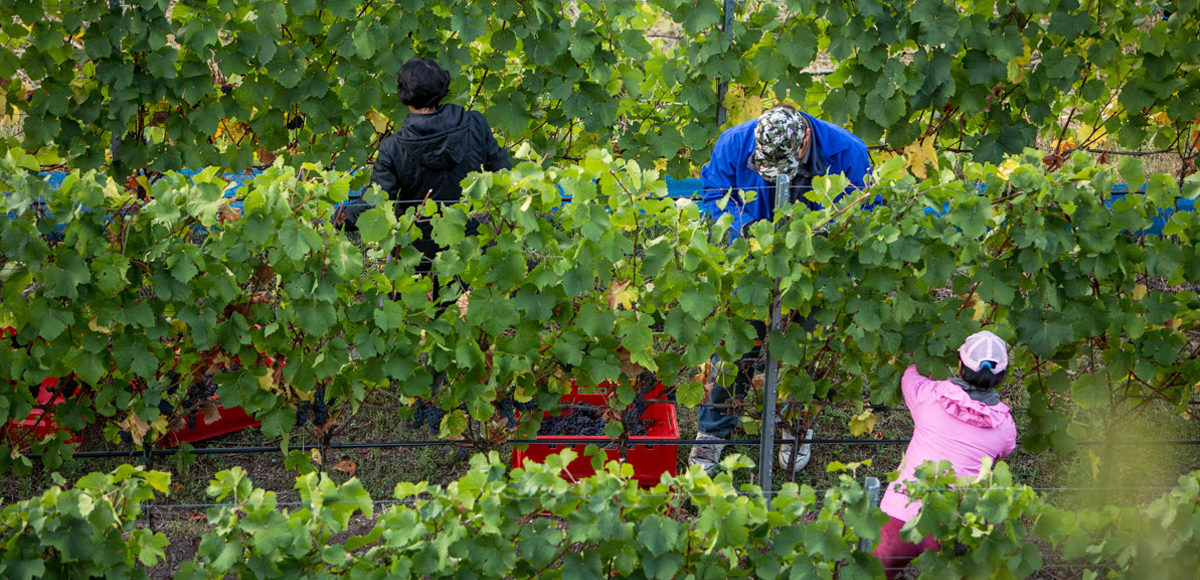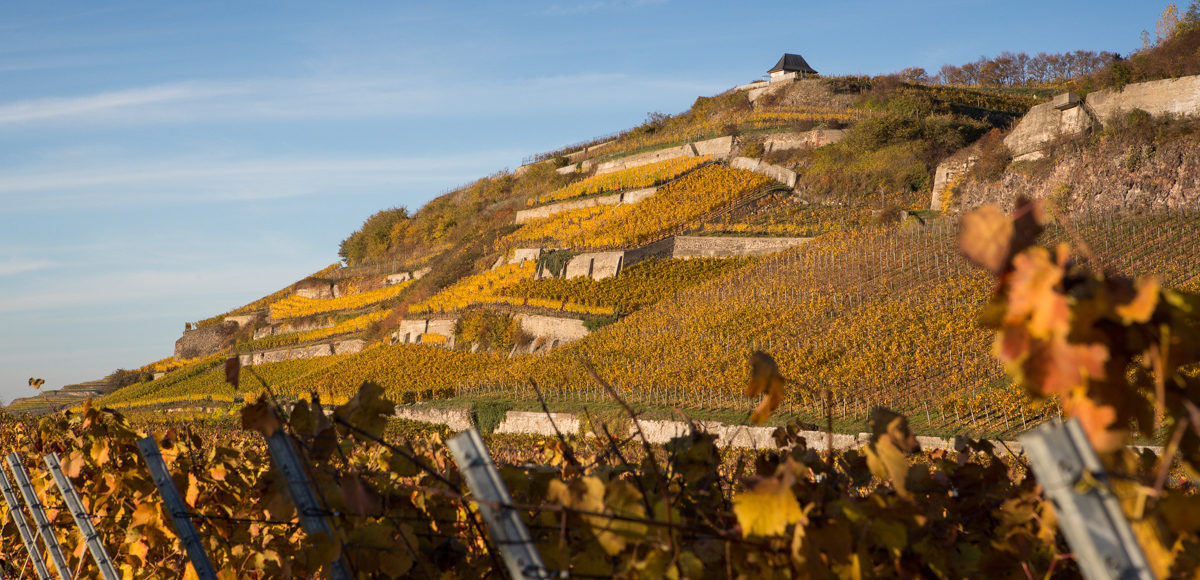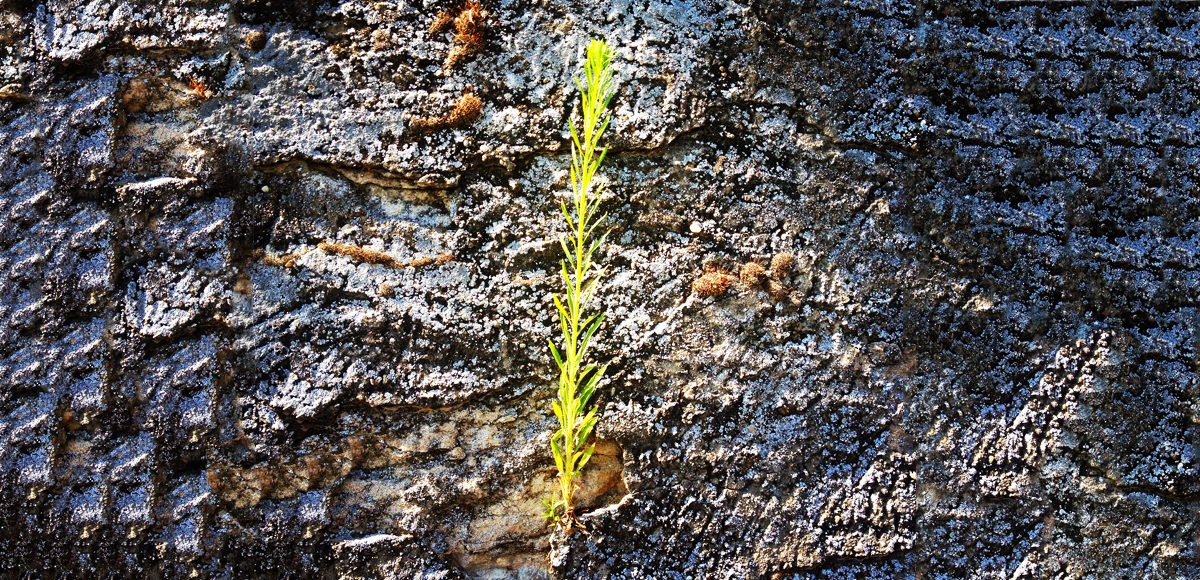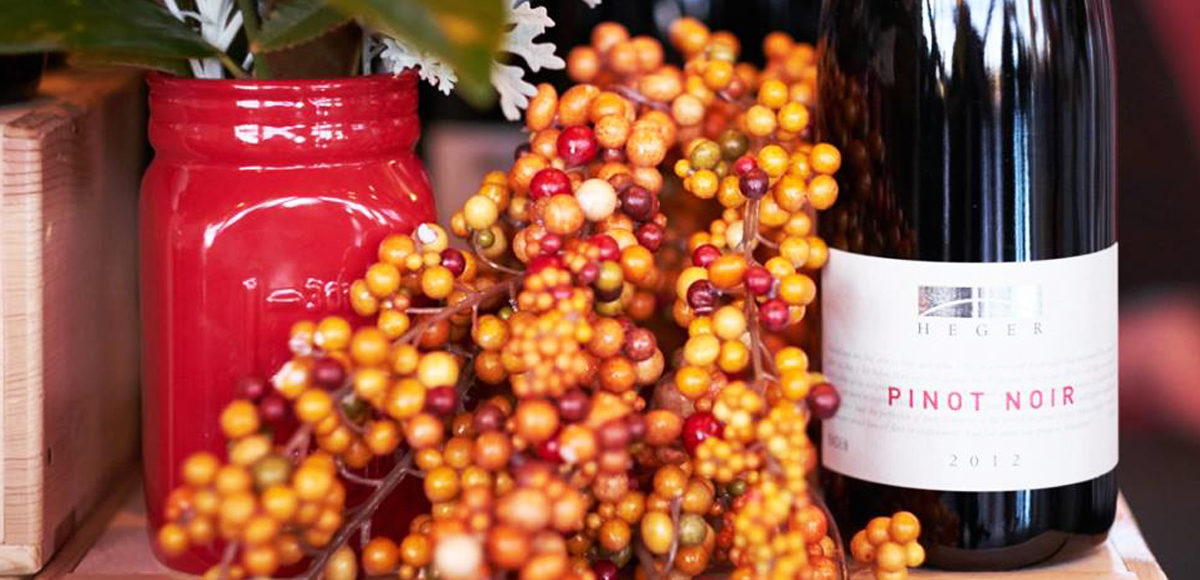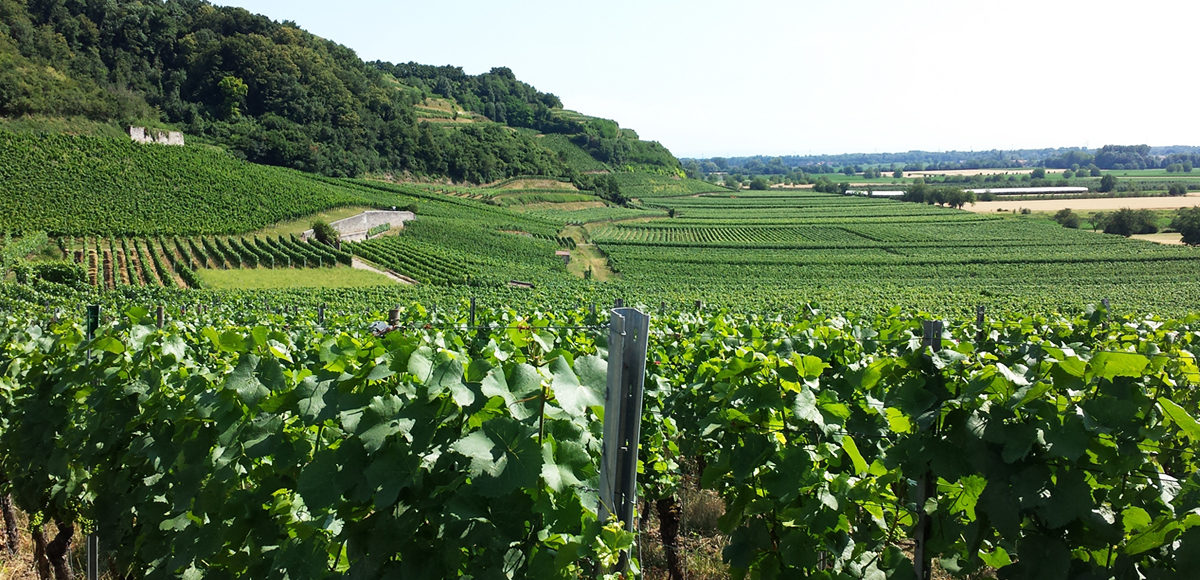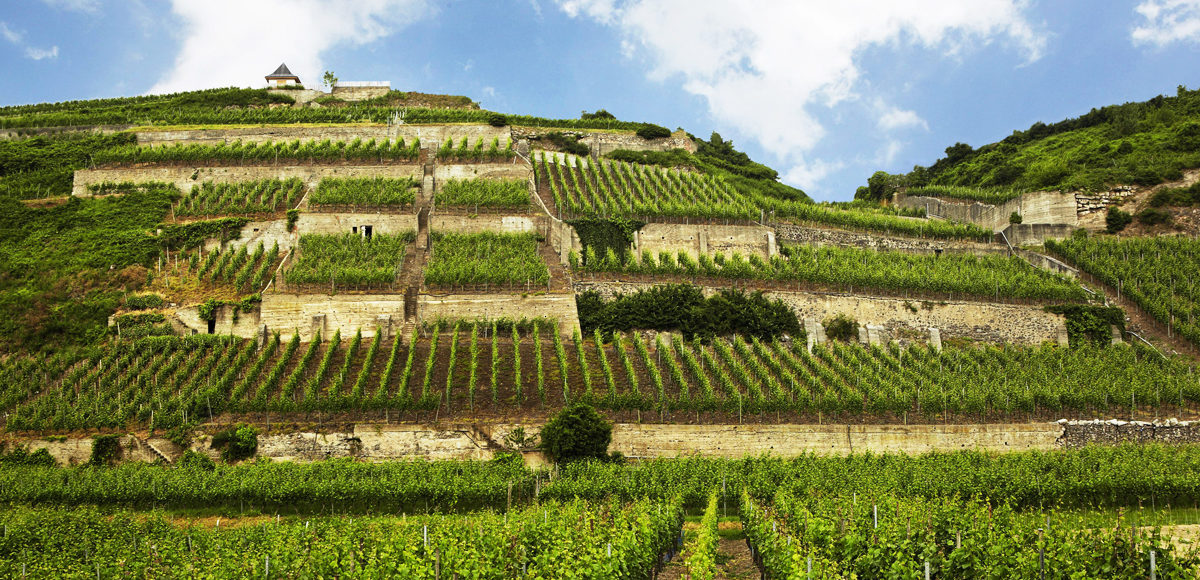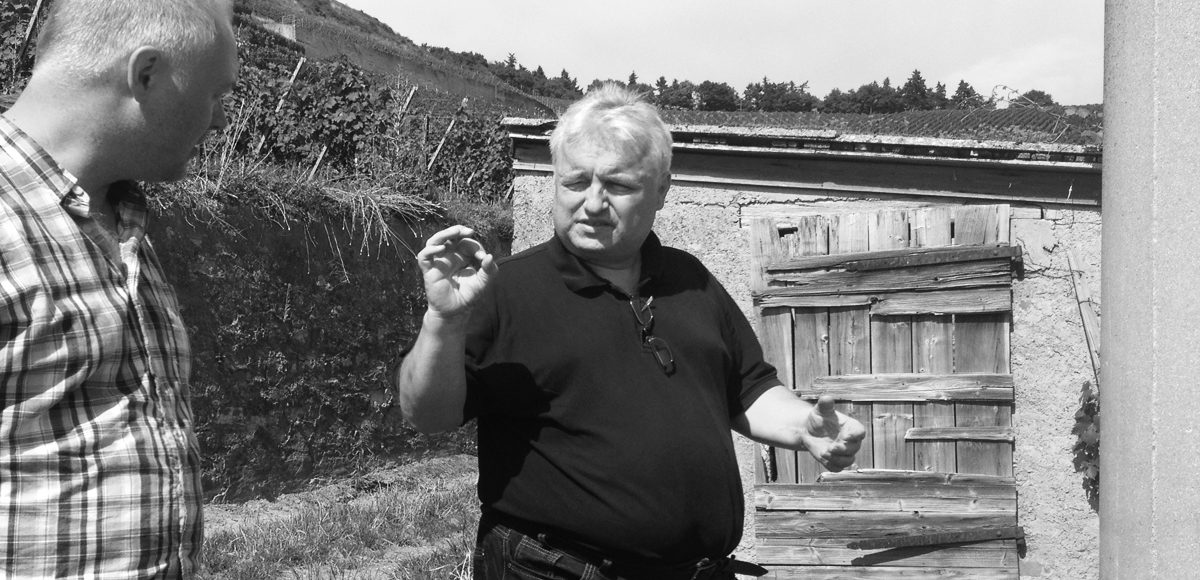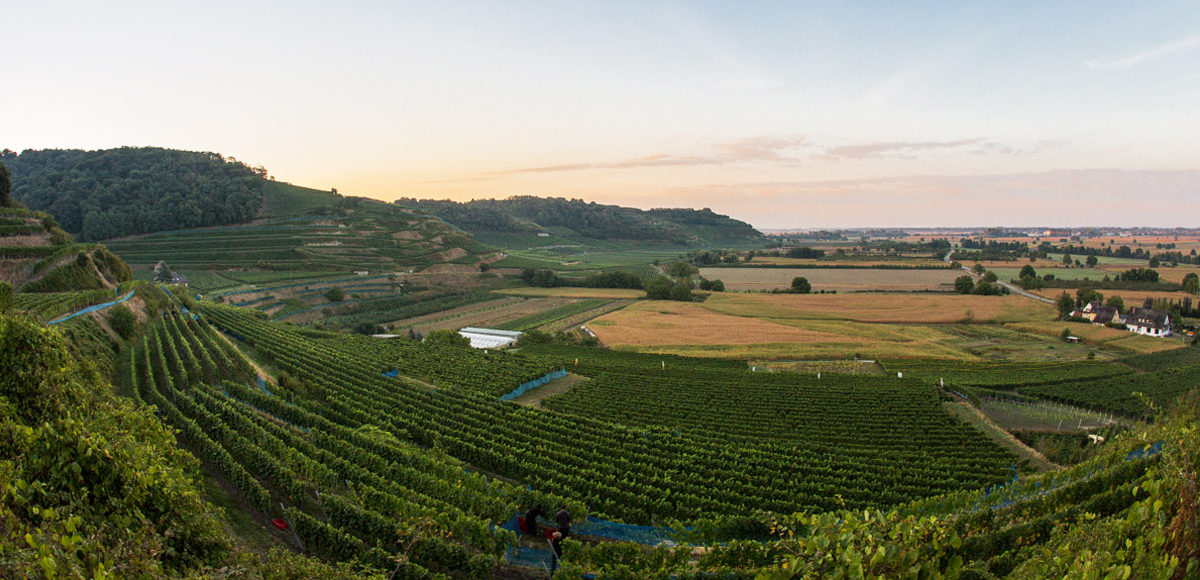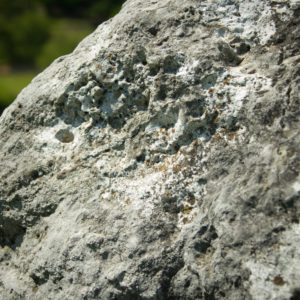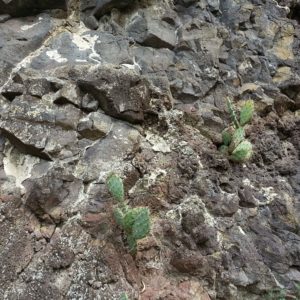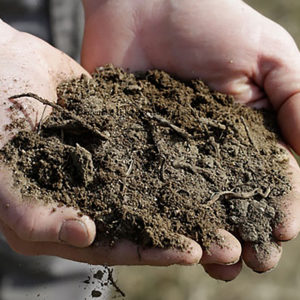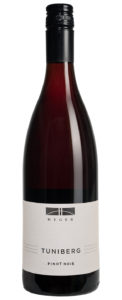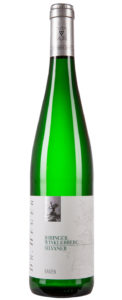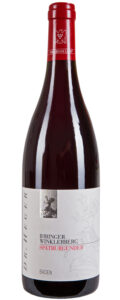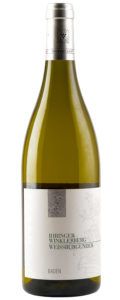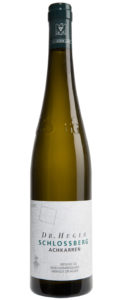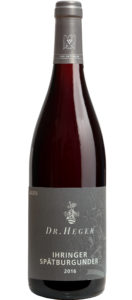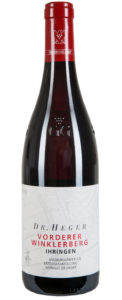“My passion for wine and what is connected to wine has not changed. Solely my imagination, to go from young, innovative winegrower to a classic, has grown.” — Joachim Heger
Just a few miles from the French border, in Germany’s southernmost region of Baden, Joachim Heger farms a pair of extraordinary volcanic grand crus (Grosses Gewächs): Ihringer Winklerberg and Achkarrer Schlossberg. The vineyards here are on steep, sun-soaked slopes, places of startling intensity. Joachim gives voice to this terroir through classic varieties, foremost the pinot family, riesling, and silvaner. In recent years, German pinot noir (Spätburgunder) has come into much sharper focus. There’s no getting around the work Joachim has done — over close to 40 vintages — to revolutionize the way we interpret this variety and its potential on these unique volcanic, loess, and limestone soils. The results are wines of unmistakable depth and deliciousness, age-worthy benchmarks for Baden and for Germany.
History
Joachim’s grandfather, Dr. Max Heger, was a country physician with the luck to live in the little wine paradise of Ihringen. His patients, primarily local wine growers, sparked his interest in making wine himself. The vineyards he acquired on the Achkarrer Schlossberg and Ihringer Winklerberg were, even then, widely acknowledged as the top sites of the Kaiserstuhl. In 1935, he founded the Dr. Heger estate. Fourteen years later, his son Wolfgang, known as Mimus, took over. It was he who brought the estate to the forefront of German winemaking — thanks to his world-class sites and dedication to quality at a time when this was not the rule for Baden’s wines. In 1981, Mimus handed the job of cellar master to his son, Joachim, who has brought great imagination, inquiry, and spirit to the role ever since.
In 1986, Joachim and his wife, Silvia, faced a fresh challenge. Joachim explains: “Wine prices in those days were very low. It was not possible to realize a profit from the steep slopes and small terraces. The techniques and winery equipment were outmoded. We had to act to carry out necessary investments and changes and to employ skilled staff.” In response, they founded a second estate, Weinhaus Heger.
Today, the Grosses Gewächs and Erste Lage wines are made under the Dr. Heger label, while Weinhaus Heger is larger and includes long-term partnerships with other growers, to give it a more flexible scope. Taken together, the Heger estates produce a remarkable spectrum of wines. As a Schatzi, Joachim has worked with us to find the best range to offer in the U.S.
Winemaker
Joachim was born in Ihringen in 1958. Growing up, wine played a decisive role in family life, and Mimus’s quality philosophy deeply influenced his son: “My father had a profound knowledge of winemaking, but also very good tasting skills.” Everything was in place for Joachim to assume the family profession — except Joachim himself. He intended “to become a country doctor, like my grandfather.” Though he started his enology studies at Geisenheim, his heart was still set on medicine. His wife, Silvia, was “the one person asking me: ‘Do you want to be the last in the family tradition?’ She encouraged me to think over the situation and finally find my vocation as a winegrower. Her dauntlessness and her down-to-earthness were a great motivation for me.” He returned to Ihringen, “and informed my grandma that I would become a winegrower and winemaker. I went back to Geisenheim to continue my studies with ambition.”
After graduation, Joachim gained hands-on experience at several estates. In addition to the crucial influence of his father, he was shaped by his friends, winemaking legends Helmut Dönnhoff and Wolf Salwey, and Herbert Krebs, head of the “Qualitätsweinprüfung” department at the State Research Station Freiburg.
Quite unusually for a winemaker of his generation, Joachim says travel and connections with peers from other regions have been key to his professional education. “A decisive role in my life as a winegrower has always been to be in a circle of close friends, all of them winegrowers. We have travelled to all important wine regions of the world. On these trips were Georg Breuer, Bernd Phillipi, Werner Näkel, Paul Fürst, Werner Knipser, Helmut Dönnhoff, Christoph Tyrell, Wilhelm Haag, just to name these. Those journeys were extremely fruitful and broadened the horizons of all of us. Helmut Dönnhoff said they were like school excursions. We were like pupils, insisting and curious. We tasted and exchanged our impressions and information with each other. We returned home with newer and deeper insights. It was most interesting for me to learn how different the international world of wine is from our Kaiserstuhl area.”
Most influential were the trips to Burgundy Joachim made with Franconian Spätburgunder pioneer Paul Fürst: “Burgundy opened a completely new perspective. We learned that all is about terroir, soil, and aspects. But also the importance of the growers’ absolute commitment to manual work and the steady and deep look into these components.” Joachim learned from the New World, too, with trips to the International Pinot Noir Celebration in Oregon, where he met, among others, Au Bon Climat’s Jim Clendenen, with whom Joachim enjoys “a great and inspiring friendship” to this day.
The Heger estates now bear the marks of this vast and sundry experience. Walking the vines with Joachim, you feel his passion for the land as he breaks down his terroir for you not just parcel by parcel but vine by vine. He is a gregarious, quick-witted, and intensely spirited guide. “My passion for wine and what is connected with wine has not changed,” Joachim muses. “Solely my imagination, to go from young, innovative winegrower to a classic, has grown.” Now Joachim and Silvia’s two grown daughters, Katharina and Rebecca, are both pursuing wine studies. “Every time I follow their engagement in wine and see how they form their views, I am happy,” says Joachim. “I am sure they will bring new elements and influence.”
Region
“Pinot noir has a very long tradition in Baden,” explains Joachim. “The first vines were planted in the year 884 by Emperor Karl III at Lake Constance. The production of high quality wines was interrupted and set back again and again in several wars during the last centuries. Yields were quite high and there were few outstanding wines.”
The Kaiserstuhl (named for its resemblance to an emperor’s throne) is a compact zone of some 4,000 hectares of vines planted around the stump of an extinct volcano. It rises above the Rhine river valley, just east of Alsace. Geologically speaking, it is a rare place indeed. Volcanoes formed here during the late Tertiary period, at the end of a long succession of eruptions, starting in the Cretaceous. Heavily eroded volcanic vents mark the landscape and the rocks that remain are of the Miocene, dating 16 to 19 million years before the present. These volcanic rocks are of alkali-carbonate structure and contain elements of magnesium iron silicate, which can be found here as the gem peridot, a crystalline material that weathers slowly and provides good drainage.
Adding to the uniqueness of the region, prior to volcanic activity, in the Jurassic sedimentary layers formed in the eastern part of the Kaiserstuhl that resulted in the creation of two distinct neighboring geological formations. On top of this diverse mother rock, at depths up to 40 meters [130 feet], are loess soils that were blown here after the last Ice Age from the northern Limestone Alps in modern-day Austria.
Climate-wise, the Kaiserstuhl is the warmest, driest place in Germany. Again, think Alsace. But here, almost bizarrely, among the vines, wild grape hyacinths sprawl and irises blossom. Figs, apricots, even orchids and wild cacti grow well, while rare butterflies and eastern green lizards thrive in abundance. It’s a magical place and Joachim knows how to let this speak through the wines.
Vineyards and farming
Many of Baden’s vineyards, hard on the French border, were destroyed in WWII. By necessity, the clonal material for replanting came from France. In the Wanne block of his Winklerberg vineyards, Joachim’s father planted a massal selection of Clos Vougeot vines in 1956. The Vorderer Winklerberg GG comes from a mix of Dijon clones, the precise composition a result of the Hegers’ own breeding and grafting work as well as genetics research at nearby University of Freiburg. While it’s recently become common to see growers focus on lower-yielding, higher-quality, terroir-adapted vine material, Joachim points out that “we’ve cared about the clones already for 20 years.”
Joachim’s focus has always been on maximizing the vitality of his vineyards. He works tirelessly in the challenging terrain, “experimenting all the time.” Since 2007, he has farmed all his vineyards without herbicides or pesticides, and — inspired by his good friend Clemens Busch — introduced cover crops. He tests innovative disease-resistant crossings and a range of organic fertilizers and treatments. His plot of old silvaner vines is horse plowed. “All these methods are essential tools for retaining and improving the fragile ecosystem of the vineyard,” he contends.
To focus on just three of Joachim’s holdings gives a sense of the great range of options he has to play with. The Winklerberg, called one of “the most privileged vineyards in Germany,” was subjected to deleterious enlargement under the 1971 German Wine Law. Fortunately, Joachim’s parcels are all within the original Winklerberg, with steep, sloped terraces, mostly southwestern exposures and shallow, weathered volcanic rock soils. The Schlossberg gives him a mostly south-facing amphitheater of steep banks of sparse volcanic and loess soils. The Tuniberg is a small, terraced hill that lies between the Black Forest and the Kaiserstuhl, its microclimate cooler and its soils tending to limestone and loess.
For Weinhaus Heger, Joachim sources grapes from his own vineyards and sites belonging to trusted growers with whom he has long-term contracts. He believes in “paying them more so we can convince them of the Ökobilanz,” which translates roughly to “profits on the ecological balance sheet.”
In the cellar
The Heger style ranges from fresh, snappy rosés done in stainless to profound old-vine silvaner spontaneously fermented and raised in neutral barrels, with full malolactic and very little SO2. For his flagship pinot noir, Joachim seeks clarity of site expression and freshness above all. The fruit is all de-stemmed and given a cold soak, à la Henri Jayer. The Erste Lage wines ferment in stainless, then are racked by way of gravity into a mix of new and neutral barrique. Grosses Gewächs bottlings ferment in 100% new, extra lightly toasted barrique, preparing the wines for a long life in the cellar yet making them hard to resist in their youth. In addition, Joachim also makes some Erste Lage weiss- and grauburgunder from both the Winklerberg and Schlossberg. These selections redefine the potential of pinot blanc and gris in this place and are among the most delicious, unique whites of Germany.
